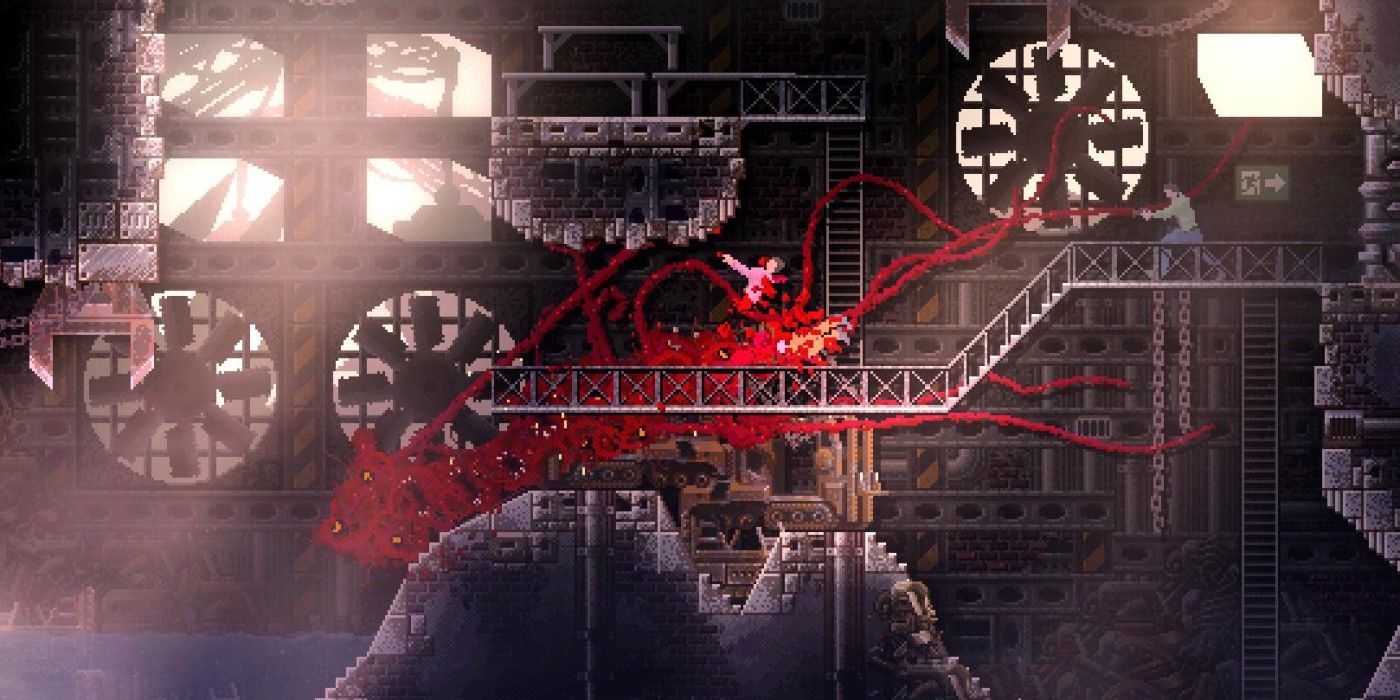

The Giganotosaurus may be the villain in Jurassic World Dominion, but he is a hero to the people of Neuquén. The discovery of the fossils brought archaeologists and tourists to the village, stopping the exodus in its track. At that time, many villagers were leaving due to the privatization of the state hydroelectric plant, which was the main source of work for the inhabitants. The discovery of the Giganotosaurus carolinii changed the fate of Villa El Chocón, the village where it was discovered.

Mark Loewen: ‘Dinosaurs are still the kings of the world’ As a film buff, he hopes to have an active role in a similar project. I feel happy, it is very important at a scientific level and unique in the world,” he says from Neuquén. “It is something that cannot be explained.
#CARRION SWITCH PHYSICAL MOVIE#
Today, the 78-year-old is delighted that his discovery has made it to the big screen, although he regrets the movie was not made by an Argentine producer. The fossils were discovered by Rubén Carolini, a mechanic who was fond of paleontology, for whom the species was named after. The fossils of the dinosaur species were found in the Patagonian province of Neuquén in Argentina in 1993, the same year that Steven Spielberg’s hit movie Jurassic Park was released.

History and legend are intertwined in the story of Giganotosaurus carolinii. It is none other than Giganotosaurus carolinii, the largest carnivore known to date and the new villain of Jurassic World Dominion, the latest film in the Jurassic Park saga. And it moved confidently – at no more than 40 kilometers per hour – through South America more than 97 million years ago. It was 13 meters long and weighed seven tons. Its teeth were large, sharp and curved like swords. Few things are known for certain about the largest predator of the Late Cretaceous period.


 0 kommentar(er)
0 kommentar(er)
